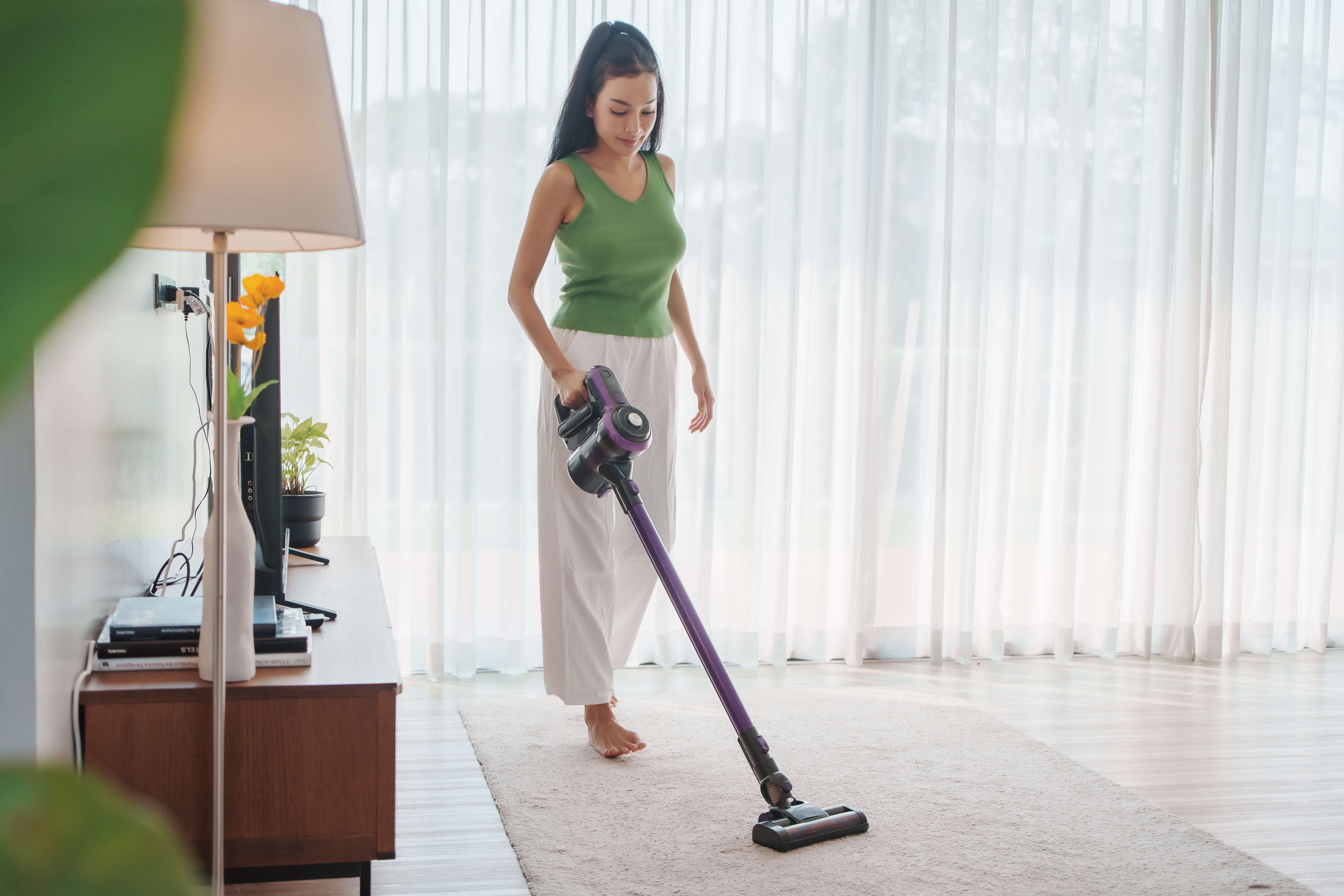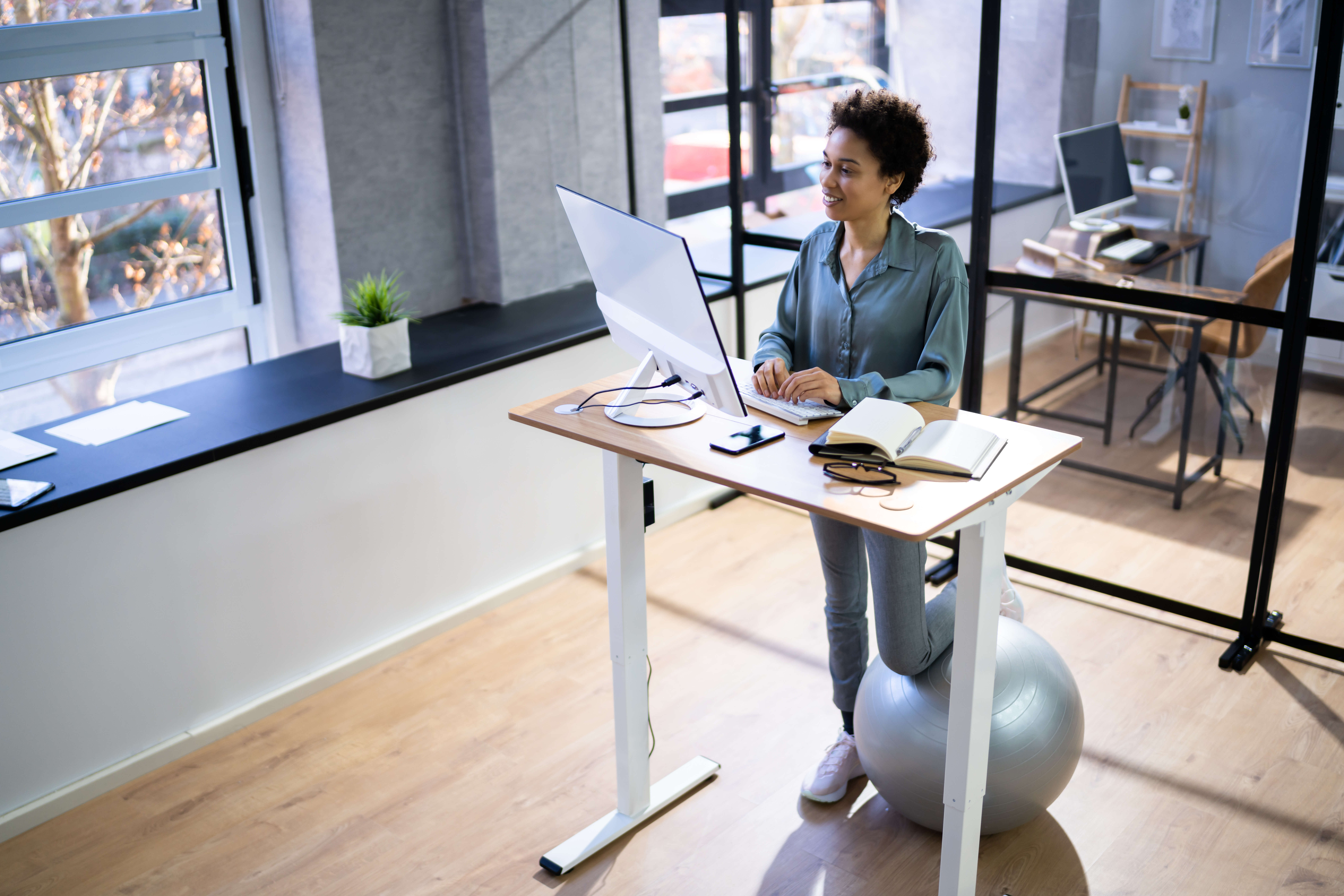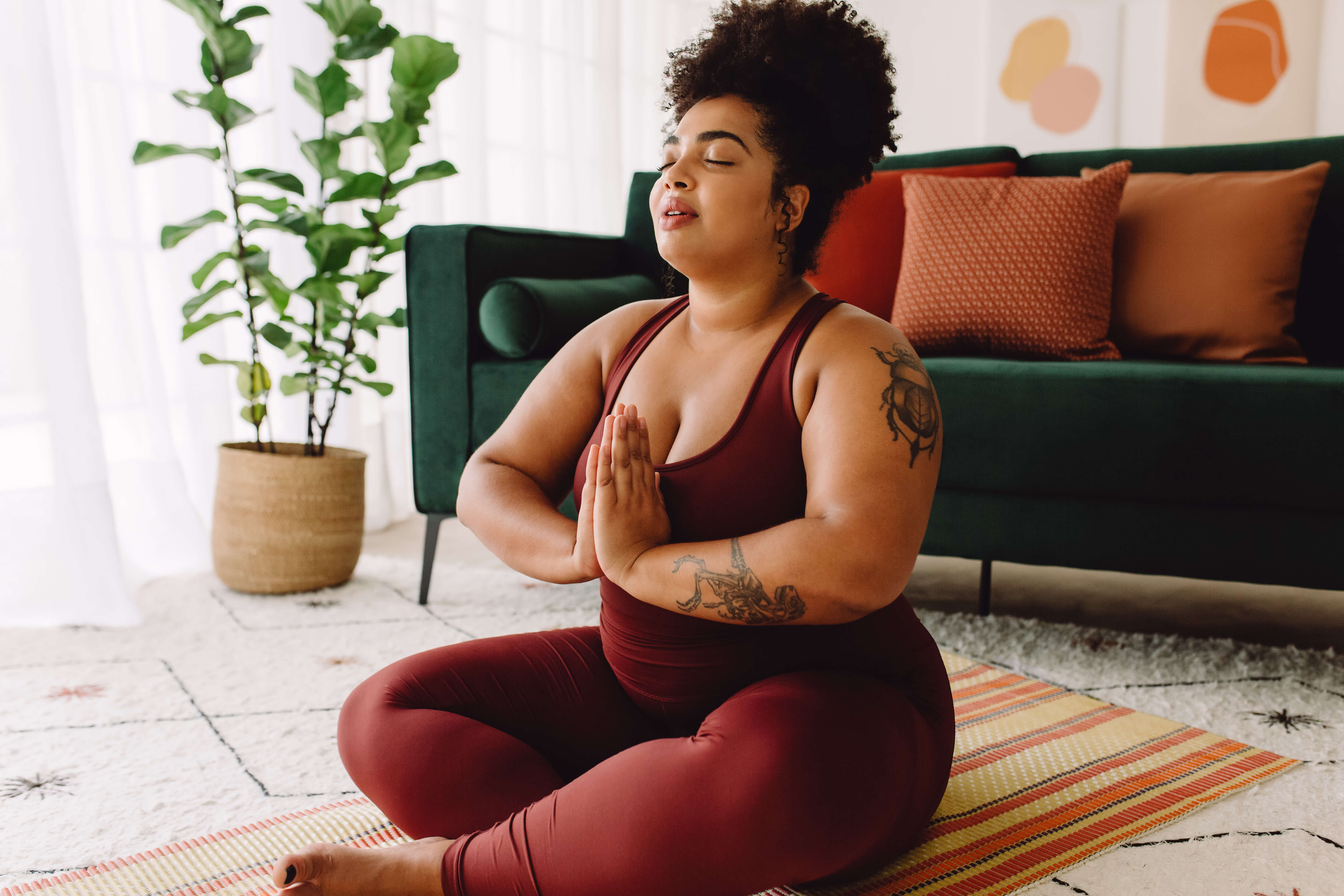
Scroll through your feed, and you’ll see a steady stream of ripped fitness influencers powering through high-intensity workouts like it’s their full-time job. And the truth is, for many, it is. But for those struggling to juggle work, family, and everyday responsibilities, carving out time for intense gym sessions isn’t always realistic.
But here’s the good news: you don’t need to go all-out to feel the benefits of movement. Over time, small, intentional moments of activity add up for big results. Studies show that with consistency, these little adjustments have a real impact on mood, stress, and long-term health.
This isn’t about squeezing in five minutes of crunches between Zoom calls. It’s about simple shifts in your daily routine that feel natural and insignificant, but make a big difference.
Sound too good to be true? Let us explain.
Gentle, low-impact activities like walking, stretching, or even doing weekly chores offer up endless benefits for our minds and bodies. And all without committing to a 6 AM run or heavy gym session.
As we'll see below, even gentle movements help lower stress hormones and calm the nervous system, translating to better mood, better sleep, and more consistent energy throughout the day.
It’s also so effective because it's easier. All too often, people fail to achieve their fitness goals because totally changing up routines is a mental battle. For others, just finding the time to work out regularly is the battle.
Instead, finding simple, sustainable, supportive ways to increase movement overall can help you feel better, without burning out.

Because the more you increase movement within normal daily activities, the more daily calories you’ll burn. And importantly, these daily movements accumulate, so they become a major contributor to total daily energy expenditure (a.k.a. calories burned).

If you want to bring more gentle exercise into your daily life, what does that look like in practice?
One of the easiest switches you can make to your daily routine is to start standing more. Maybe that means investing in a standing desk or simply getting up regularly to stretch. Either way, research shows that standing up more during the workday can make a big difference to your health and happiness.
In 2021, a study in Japan compared two sets of workers: one group who started working at a standing desk and a second group who stayed in a traditional sitting setup. In just four weeks, people using sit-stand desks reported feeling healthier and more energized at work, and even noticed a boost in their performance.
If you have a step tracker, you probably already know that a Saturday spent cleaning racks up thousands of steps. Chores need to be done anyway, and they count as easy movements that add up over the course of the week. The next time you have to vacuum, just tell yourself it's doing double duty: cleaning and light exercise!
And, if you need a bit more motivation, consider pairing your morning chores with a Sativa cannabis strain for productivity.
A quick 15-minute walk after dinner or while talking on the phone is an easy win for more movement. If the current body of research is anything to go by, slow walking might actually burn more energy than a faster pace.
Results from a study published by the University of Colorado Boulder found that slower steps use more energy per mile because they’re less efficient. Add in some extra time on your feet each day, and you’ve got a simple, low-stress way to keep your body moving in the right direction.
The theory behind NEAT is that the whole is greater than the sum of its parts. So, while fidgeting alone may not tip the scale, the reality is even small movements like wiggling make a difference.
Don’t believe it? A recent study found that fidgeting-like activities (tapping your foot or shifting your weight) can boost energy expenditure, especially when compared to sitting still.
So, what if you choose to take the stairs rather than the elevator? How much can NEAT really impact your daily energy expenditure? It turns out, quite a bit.
We burn energy (calories) to make it through every day. The process of simply existing (breathing, thinking, pumping blood) burns up almost half of our daily energy. Then, another 10–20% of our energy is spent digesting food. These two areas are essentially fixed based on physiological factors. There’s not much we can do to change how many calories they burn.
But that still leaves about 30–40% of daily energy expenditure unaccounted for. Enter NEAT. This is the energy used up for everyday activities, like walking to the mailbox or cleaning the kitchen.
The best part about NEAT is that you control it. By adding more movement into your daily routine, like walking, stretching, or standing more, you naturally increase how many calories you burn. While each movement may feel small on its own, NEAT makes up a significant portion of your total daily energy use.
With consistent, everyday habits, those small changes add up, supporting long-term weight management and better metabolic health.

Specifically, certain movements are attributed to mental, digestive, and intellectual boosts you may not have considered.
Tai Chi, yoga, and dancing are styles of gentle exercise that may help stimulate communication between the left and right hemispheres of the brain.
This idea is supported by research that explores how cross-body movements that are incorporated into these activities activate both sides of our brain for higher-order motor planning (left brain) and visual processing (right brain).
Scientists hypothesize that by engaging both hemispheres, you can unlock benefits like greater coordination, focus, creativity, emotional regulation, and brain-body connection.
There is a reason why so many experts recommend taking a walk after dinner for digestion. Gentle movement supports gut motility (the movement of food through the digestive tract) and can help reduce post-meal bloating.
It's a simple practice that helps stimulate blood flow to your digestive organs, helping them work more efficiently to break down your meal. Faster digestion means there is less time for gases to build up throughout the system, and you may notice less bloating and less gas.
Gentle yoga stretches like the Seated Spinal Twist, Revolved Triangle, and Forward Bends offer similar support for digestion by stimulating internal organs and activating the parasympathetic nervous system, which is known as the body’s “rest and digest” mode.
Give it a try. After dinner, throw on your sneakers and take a 15-minute loop around the block.
Arguably, any kind of movement is good for mental health. The more we move our bodies, the more our minds release the feel-good hormones, reduce the stress hormones, and reap the benefits of improved sleep.
And the research resoundingly supports exercise for mental health. According to a 2024 systematic review covering hundreds of randomized controlled trials, exercise is highly effective at reducing depressive symptoms, often outperforming medicine and therapy in certain cases.

To move is to be healthy, and we should all strive to move more. Yet, the lesson here is that you don’t need to find more time in your busy workday to carve out a two-hour workout. You can start with baby steps to unlock easy wins.
Where should you start? One of the ways to kick off gentle movement is by pairing it with something that motivates you. It could be music, a podcast, or just maybe a little THC to make the movement all the more enjoyable.
You won’t be the only one finding encouragement with cannabis. This plant has become a go-to partner at the gym, on the field, and beyond.
If you’ve ever started off a Saturday cleaning session with an edible, you know it can make even the dullest of chores that much more enjoyable. In your downtime, cannabinoids like THC and CBD could also help with rest and recovery.
This isn’t to say you need to spend every day in a haze to enjoy your new active routine. Progress may be a microdose away. For energy, relaxation, and recovery, even a small serving can help take that next step.

If you've been trying to make better choices for yoru health, the moral of the story is that you don’t need punishing workouts to feel better in your body. NEAT shows us that everyday movement, like walking, cleaning, and even fidgeting, can add up in powerful ways.
And the new good news is that you can make everyday movement even more enjoyable with microdosed cannabis magic. With cannabis as your partner, taking that first step will feel infinitely more doable and the journey a lot more fun.
Keep moving, stay consistent, and until next time, Mind Your Mind.